While many people picture snakes slithering along the ground, the reptile world actually contains numerous excellent climbers. Yet interestingly, some snake species that possess the physical capability to climb choose to remain primarily terrestrial. This preference isn’t random but rather reflects fascinating evolutionary adaptations, physical characteristics, and behavioral strategies that have helped these reptiles thrive in their specific ecological niches. Let’s explore the surprising reasons why some snakes avoid climbing even when they physically could.
Evolutionary Specialization for Ground Movement
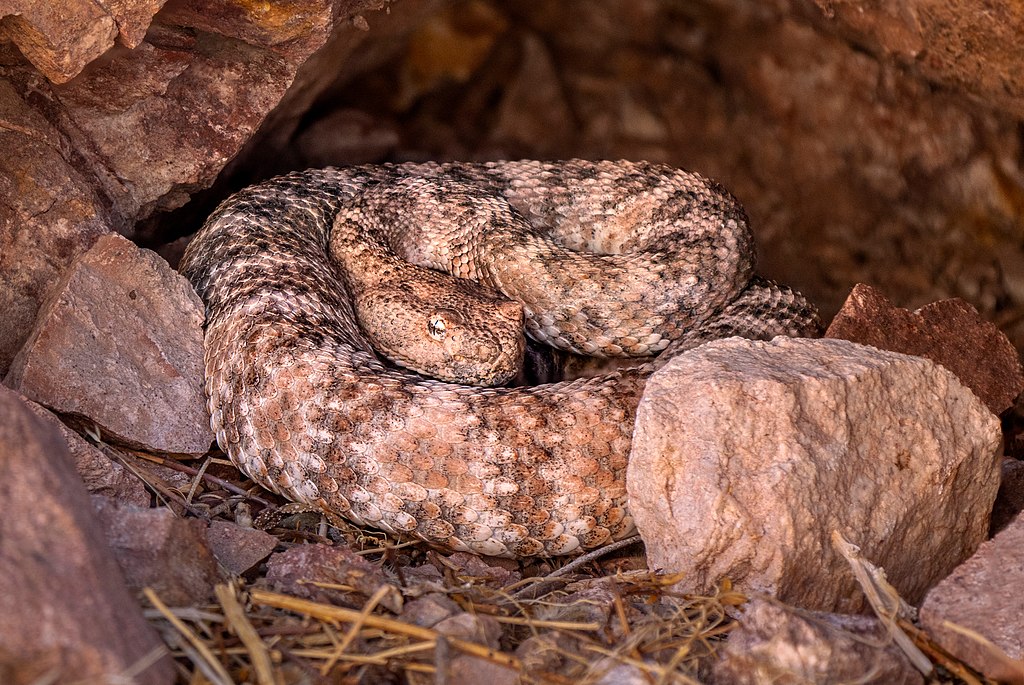
Many ground-dwelling snakes have evolved specialized adaptations that make them extraordinarily efficient at terrestrial locomotion. Species like rattlesnakes and vipers have developed muscular structures and scales optimized for rapid sidewinding or rectilinear movement across flat surfaces. These specialized adaptations allow them to conserve energy while moving efficiently across their preferred terrain. The evolutionary investment in these ground-specific movement techniques means that climbing, while possible, would be comparatively inefficient and energy-intensive for these species. Their bodies have essentially become highly specialized tools for excelling in their ground-based ecological niche.
Body Mass Limitations
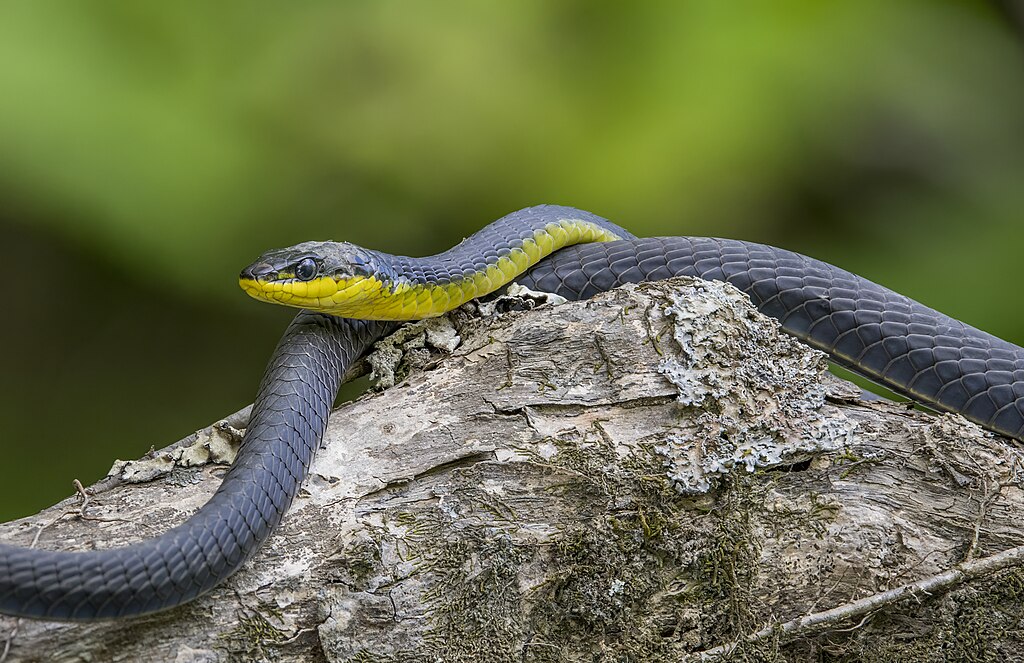
Heavier snake species face significant physical challenges when it comes to climbing, even if they possess some climbing capabilities. Large constrictors like anacondas and certain python species have substantial body mass that makes arboreal movement energetically expensive and mechanically difficult. The physics of supporting their weight against gravity while maintaining a secure grip becomes increasingly challenging as their size increases. While younger, smaller individuals of these species might occasionally climb, adults typically avoid vertical surfaces where their weight becomes a liability. This size-related constraint explains why we rarely see very large snakes voluntarily ascending trees in their natural habitats.
Predator Avoidance Strategies
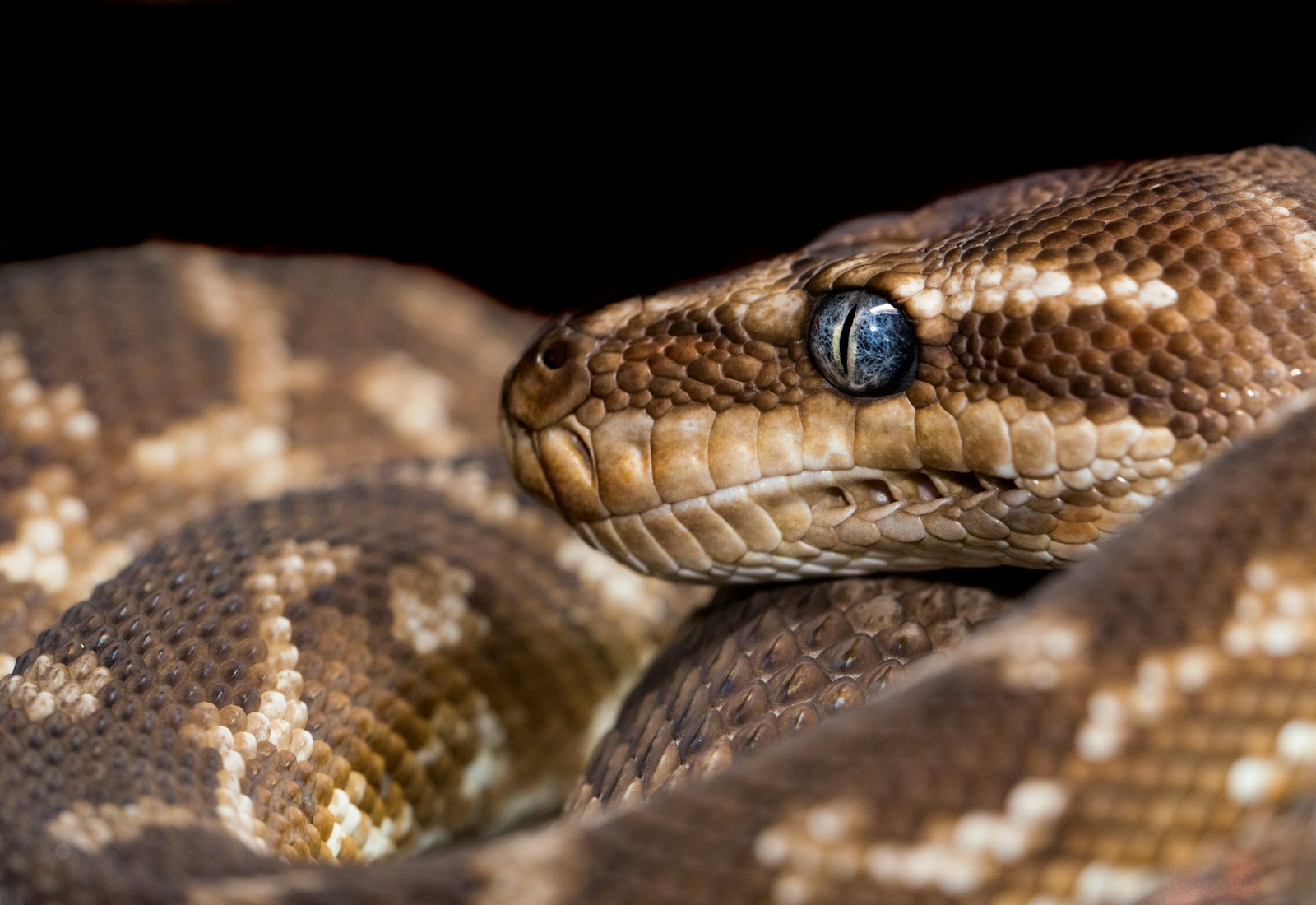
For some snake species, staying on the ground represents a strategic defense mechanism against predators. Certain terrestrial snakes have evolved cryptic coloration and patterns that specifically match their ground habitats, providing exceptional camouflage against forest floors, desert sands, or rocky terrain. Species like hognose snakes and sand boas rely on this ground-specific camouflage as their primary protection. Climbing would expose these snakes to environments where their camouflage is ineffective and would make them vulnerable to bird predators. By avoiding climbing, these snakes maintain the protective advantage of their specialized camouflage patterns.
Thermal Regulation Needs

Ground-dwelling behavior in many snake species is closely tied to their thermoregulation requirements. Terrestrial environments often provide superior options for temperature control compared to arboreal settings. Species like rattlesnakes and gopher snakes utilize ground burrows, rock crevices, and sun-warmed surfaces to precisely regulate their body temperature. The ground offers a more stable thermal environment than trees, which experience greater temperature fluctuations throughout the day. For species that need to maintain specific body temperatures for digestion, reproduction, and overall metabolism, the reliable thermal properties of the ground often outweigh any potential benefits of climbing.
Hunting Specialization
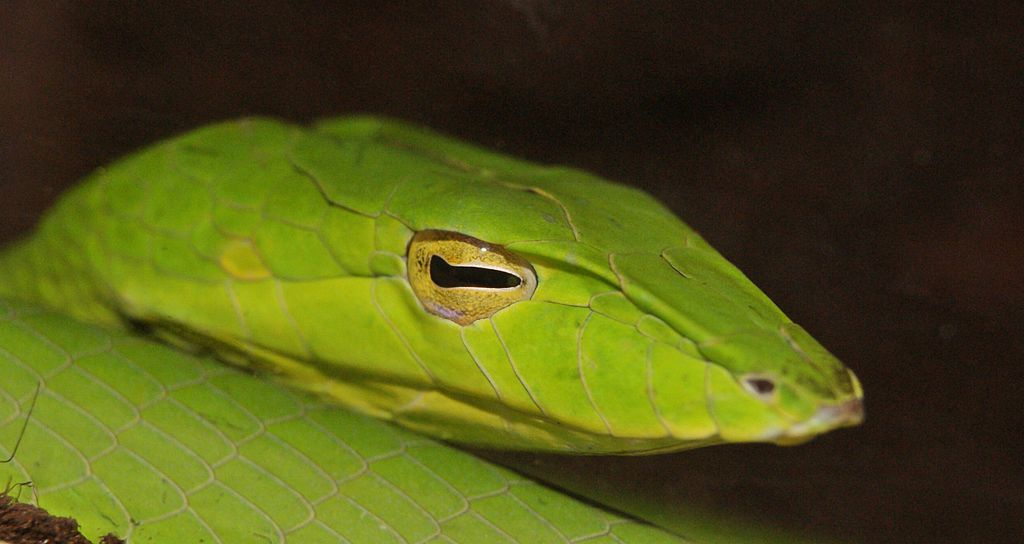
Many non-climbing snakes have evolved predatory strategies specifically adapted to ground-based hunting. Ambush predators like vipers and certain pythons have developed hunting techniques that rely on remaining motionless on the ground to surprise passing prey. Their striking range, sensory adaptations, and attack angles are optimized for ground-level hunting scenarios. Species like the Gaboon viper possess camouflage so perfectly matched to forest floor debris that climbing would render their primary hunting strategy useless. These specialized predatory adaptations create a strong evolutionary pressure to remain terrestrial, even when climbing is physically possible.
Muscular Development Differences
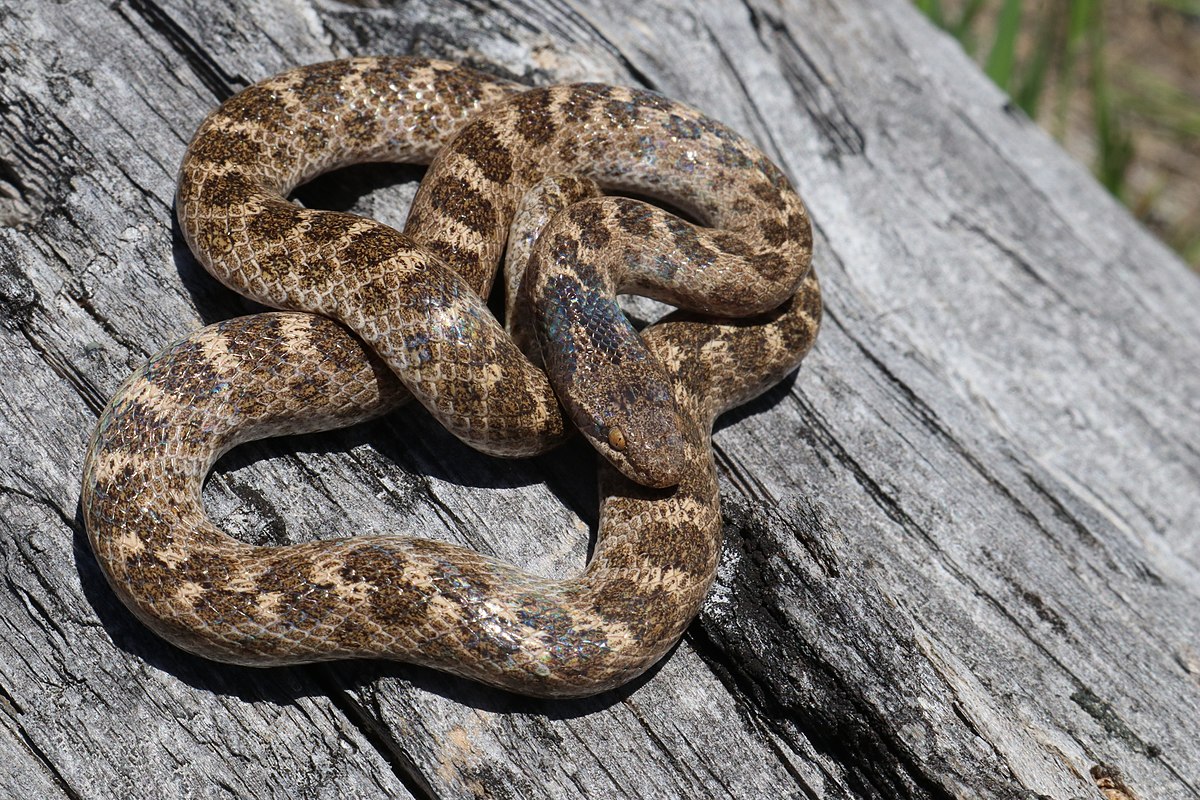
The muscular structure of predominantly terrestrial snakes often differs significantly from their arboreal counterparts. Ground-dwelling species typically develop stronger longitudinal muscles that facilitate powerful forward thrust and sidewinding movements. In contrast, arboreal species like vine snakes and many colubrid species possess greater development in the muscles that allow for precise grip and lateral stability on branches. While ground-dwelling snakes can physically climb in many cases, their muscular development is optimized for horizontal rather than vertical movement. This muscular specialization means that climbing requires greater effort and less precision than their arboreal relatives can achieve.
Scale Structure Adaptations
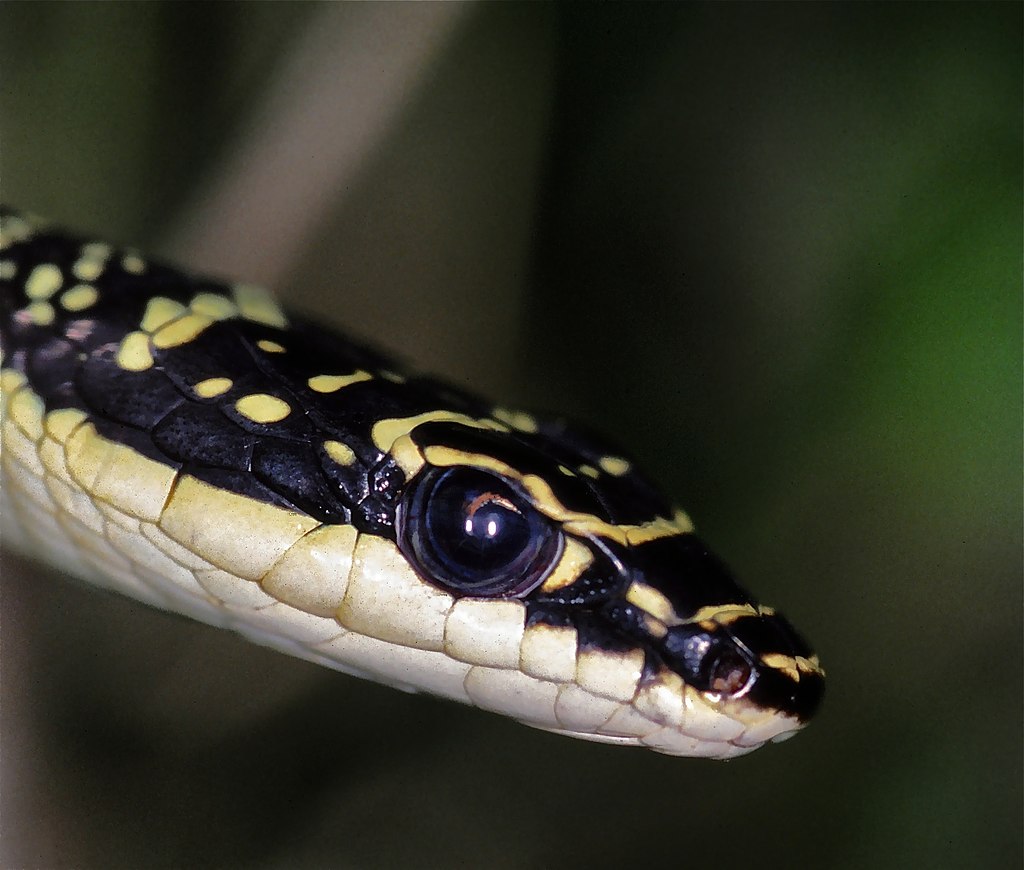
The microscopic structure of scales represents another key factor in why some snakes avoid climbing. Arboreal specialists possess scales with fine microornamentation that increases friction and improves grip on vertical surfaces. Ground-dwelling species, meanwhile, often have scales adapted for different purposes—such as reducing friction for rapid movement across sand or protecting against abrasive surfaces. The western diamondback rattlesnake, for example, has scales optimized for desert travel rather than tree climbing. While these differences might seem subtle, they significantly impact a snake’s climbing efficiency and stability, making arboreal movement less practical for many terrestrial specialists.
Reproductive Behaviors

Reproductive requirements drive many snakes to maintain a ground-based lifestyle even when climbing is physically possible. Numerous terrestrial species require specific ground conditions for successful egg-laying or live birth. Species like king snakes and bull snakes need to access underground nests or burrows for egg deposition, where temperature and humidity remain stable. The reproduction of these species is intimately tied to ground access, creating strong evolutionary pressure to remain terrestrial. For these snakes, climbing represents a deviation from behaviors essential to their reproductive success.
Energy Conservation Strategy
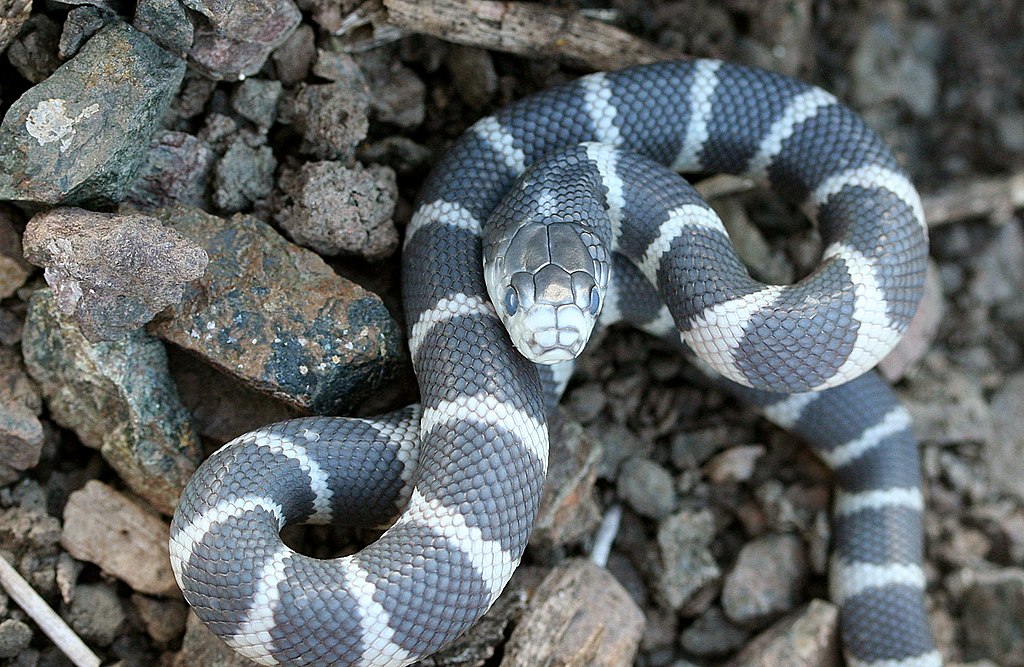
For many snake species, avoiding climbing represents an important energy conservation strategy. Vertical movement requires significantly more energy expenditure than horizontal locomotion, sometimes requiring up to three times more effort. Snake species with slower metabolisms or those living in resource-limited environments must carefully balance energy expenditure with nutritional intake. Desert-dwelling species like sidewinders and sand boas operate within tight energy budgets, making unnecessary climbing energetically wasteful. By remaining on the ground, these species conserve precious energy resources for essential activities like hunting, digestion, and reproduction.
Sensory Adaptation Limitations

The sensory adaptations of ground-dwelling snakes are often specifically calibrated for terrestrial environments. Many vipers and pit vipers possess infrared-sensing organs (pit organs) positioned to detect prey moving along the ground. Similarly, species that rely heavily on vibration detection through their jawbones have sensory systems optimized for ground contact. These specialized sensory adaptations often function less effectively in arboreal environments, where different detection skills become valuable. While physically capable of climbing, these snakes would experience diminished sensory capabilities in trees, making hunting and predator avoidance more challenging.
Habitat-Specific Advantages
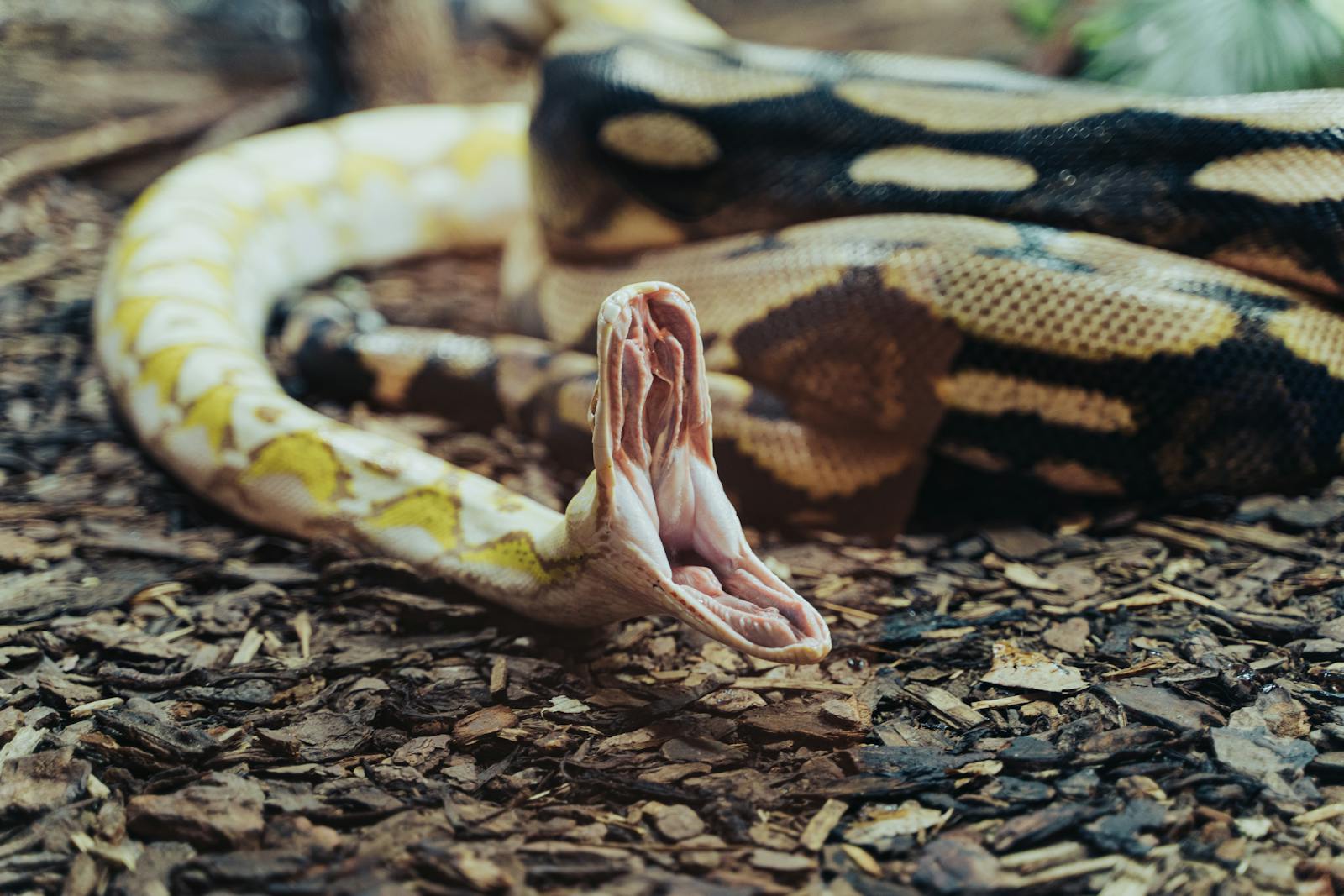
The specific habitats that some snake species occupy provide substantial advantages to ground-dwellers that would be lost through climbing. Burrowing specialists like rosy boas and sand boas thrive in environments where underground refuge provides safety and hunting opportunities unavailable elsewhere. Prairie species benefit from the speed advantage that flat, open ground provides during pursuit or escape. Desert-dwelling sidewinders can achieve remarkable locomotion efficiency across sand—a specialized skill useless in trees. For these species, their ground-based lifestyle isn’t a limitation but rather a specialized adaptation to extract maximum advantage from their particular habitat.
Risk-Reward Assessment

The behavioral decision to avoid climbing often reflects an instinctive risk-reward calculation that has been shaped by evolution. For many terrestrial specialists, climbing introduces unnecessary risks—including falls, increased visibility to predators, and encounters with arboreal competitors—without providing significant benefits. Species like eastern hognose snakes and gopher snakes have evolved to excel in finding prey, shelter, and mates without requiring vertical movement. These snakes demonstrate what biologists call optimal foraging behavior, where activities with unfavorable risk-reward ratios are instinctively avoided. Their avoidance of climbing represents not a failure of ability but rather an evolutionary success in behavioral optimization.
Conclusion
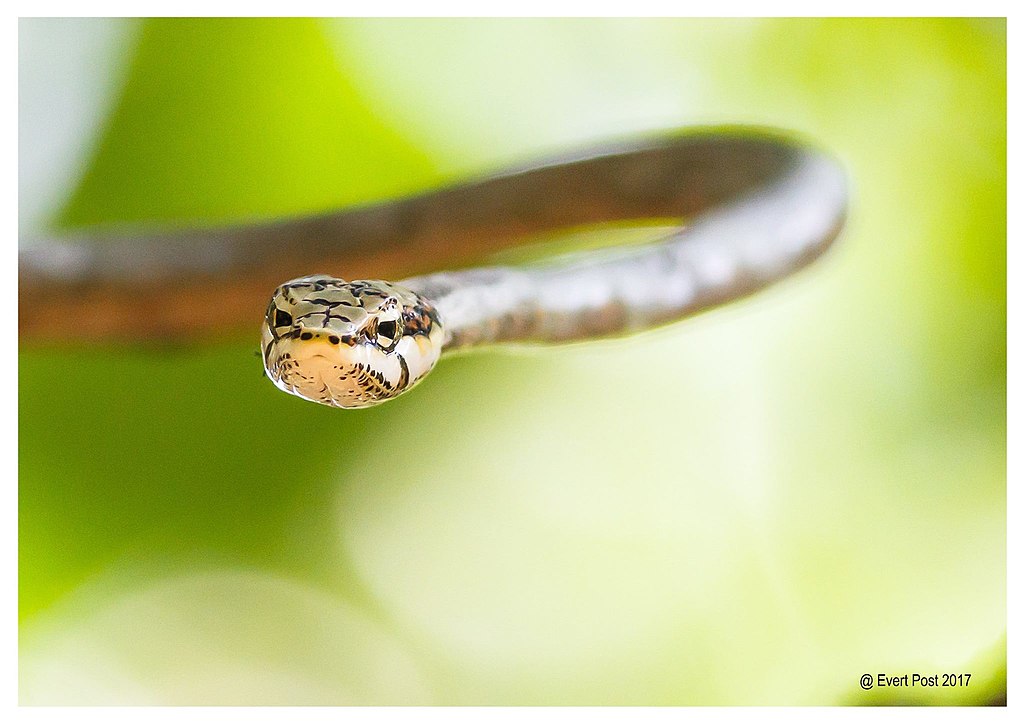
The decision of many snake species to remain ground-bound despite having the physical capability to climb reveals the fascinating complexity of evolutionary adaptation. While we might initially perceive their terrestrial lifestyle as a limitation, it actually represents sophisticated specialization. Through body structure, behavior, sensory adaptations, and habitat preferences, these snakes have optimized themselves for ground-based success rather than vertical versatility. This specialization strategy has allowed these remarkable reptiles to thrive in their ecological niches, demonstrating once again how evolution creates not universal generalists but specialists perfectly adapted to their unique environmental challenges.





